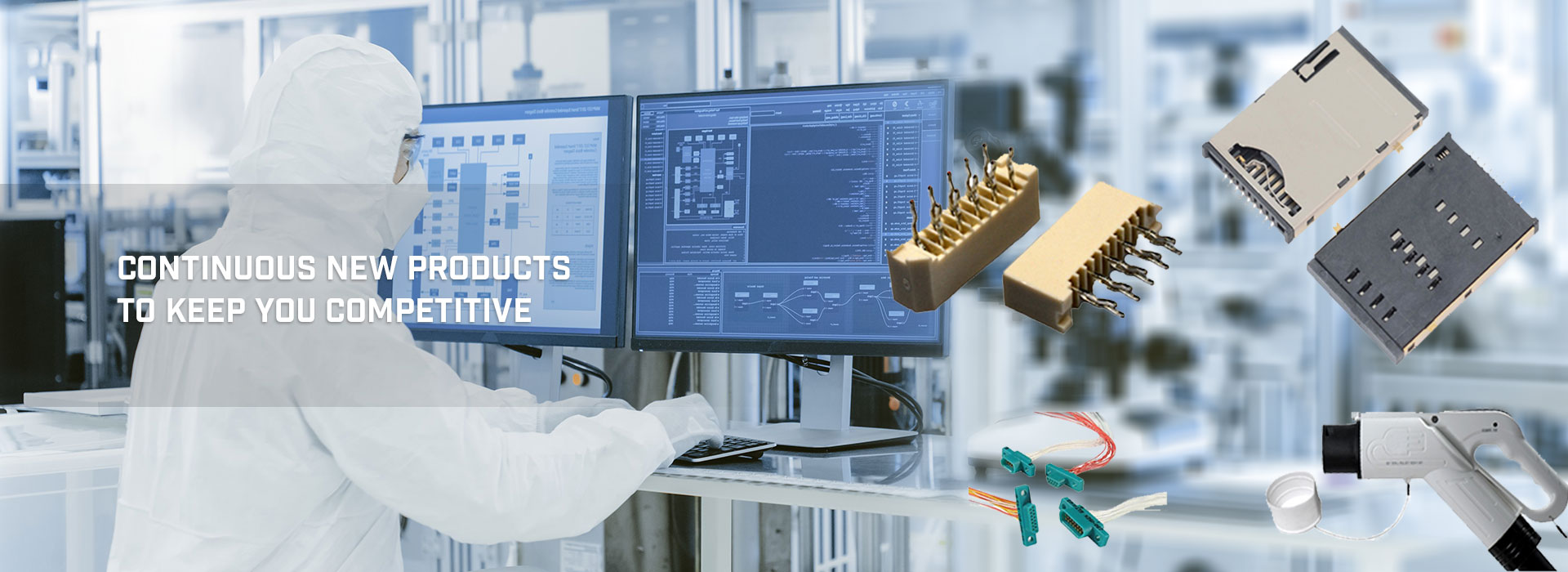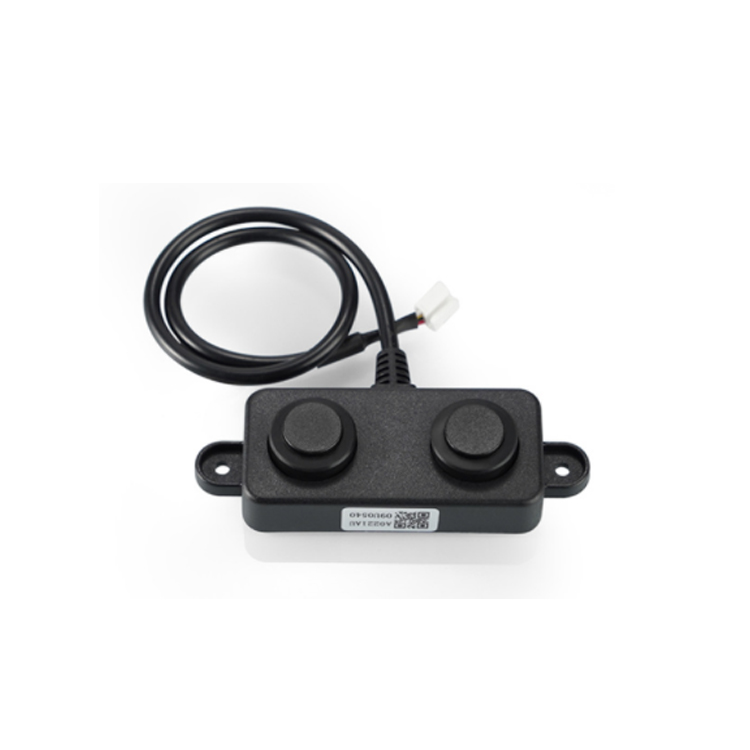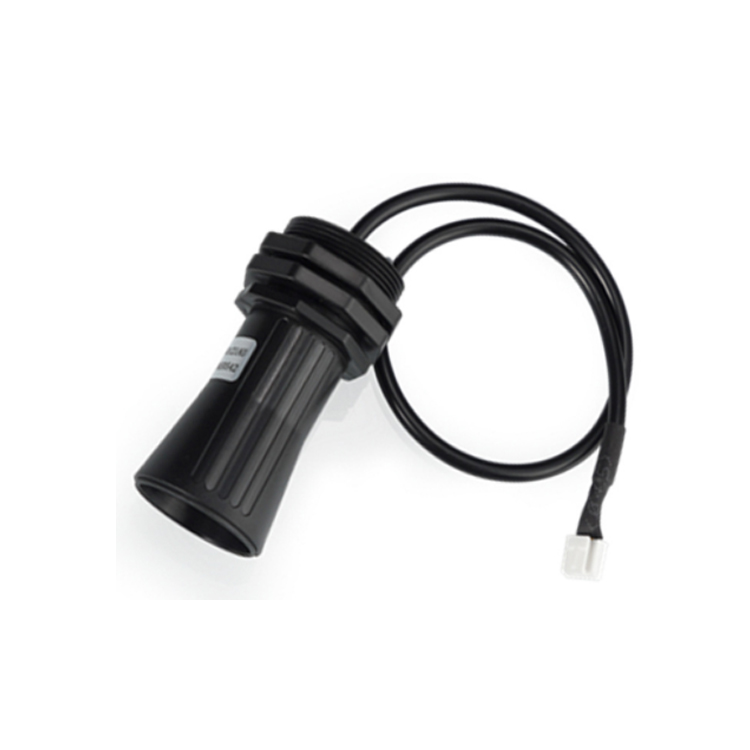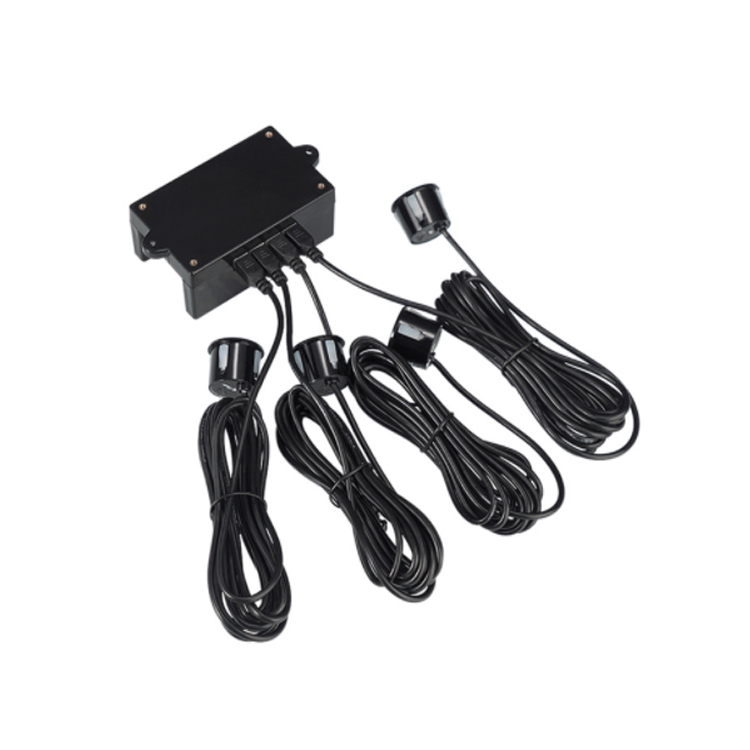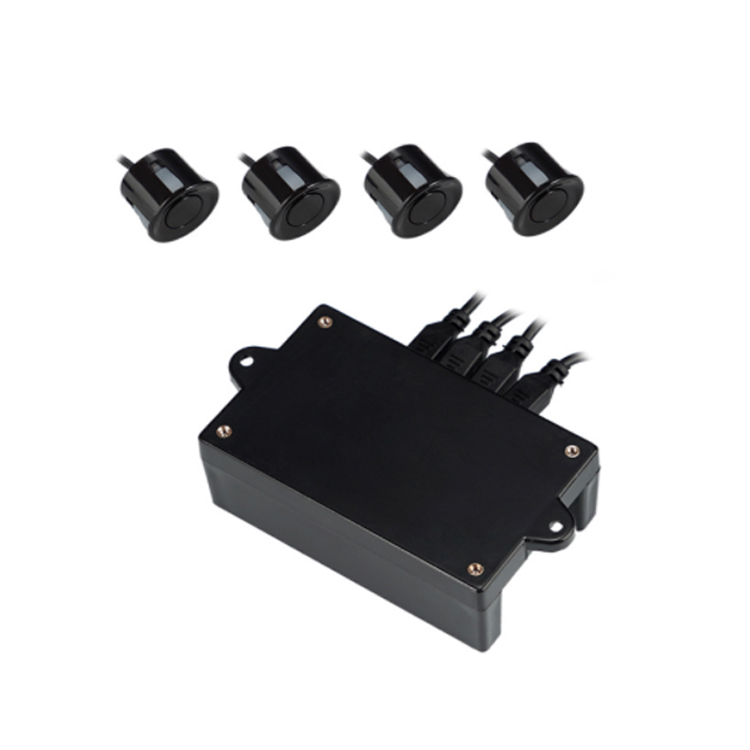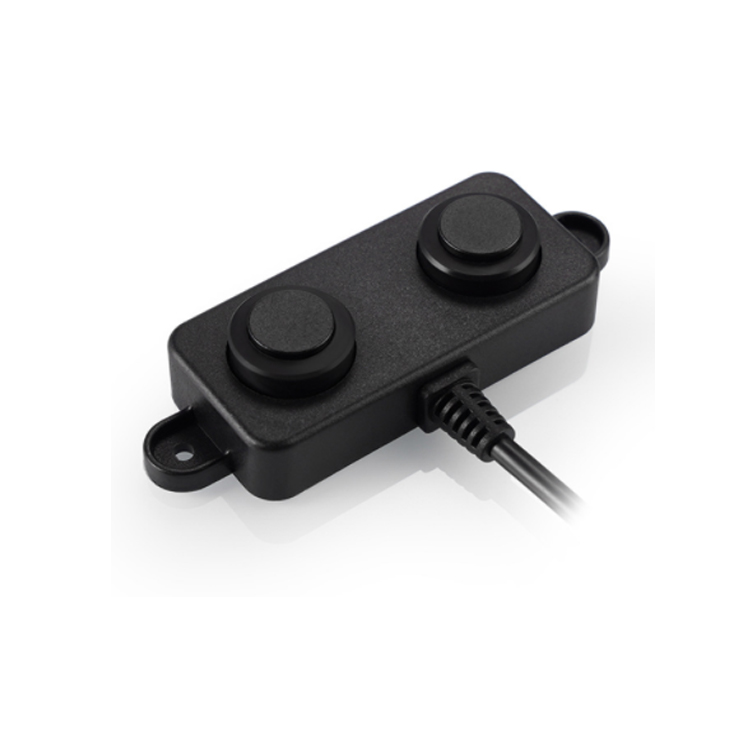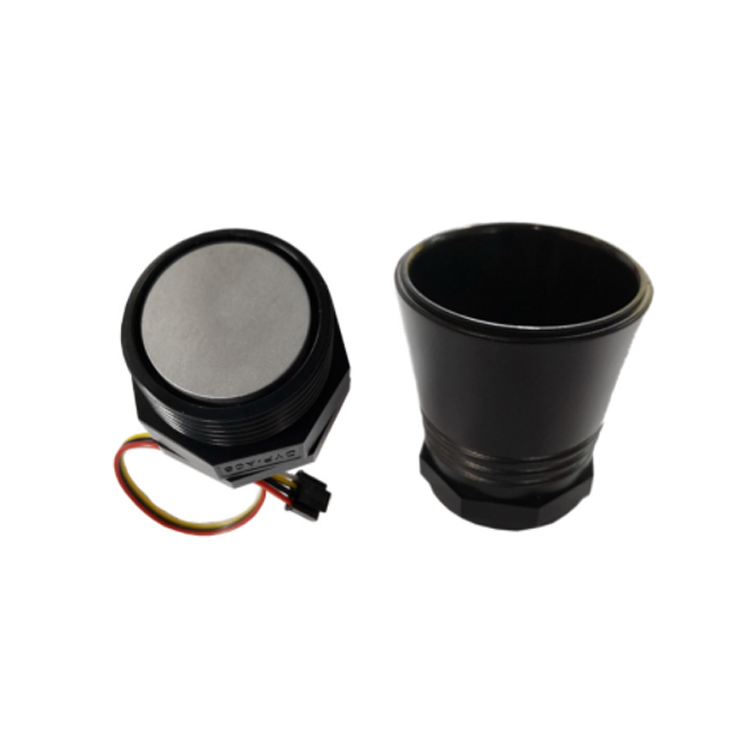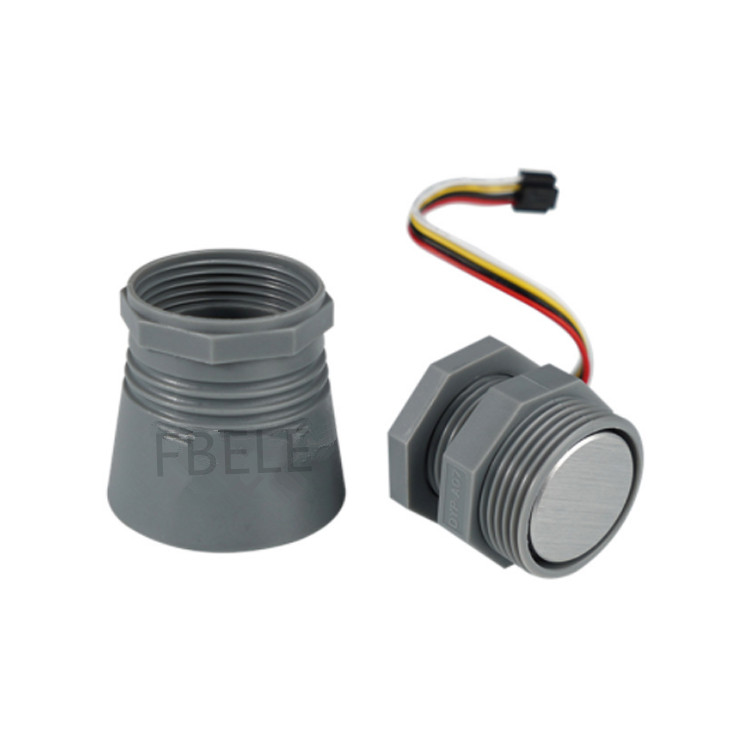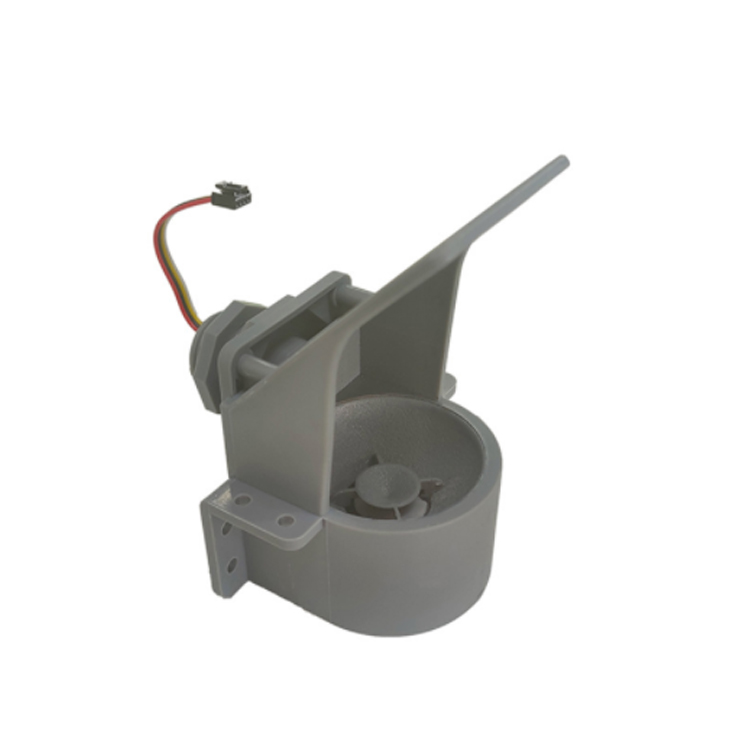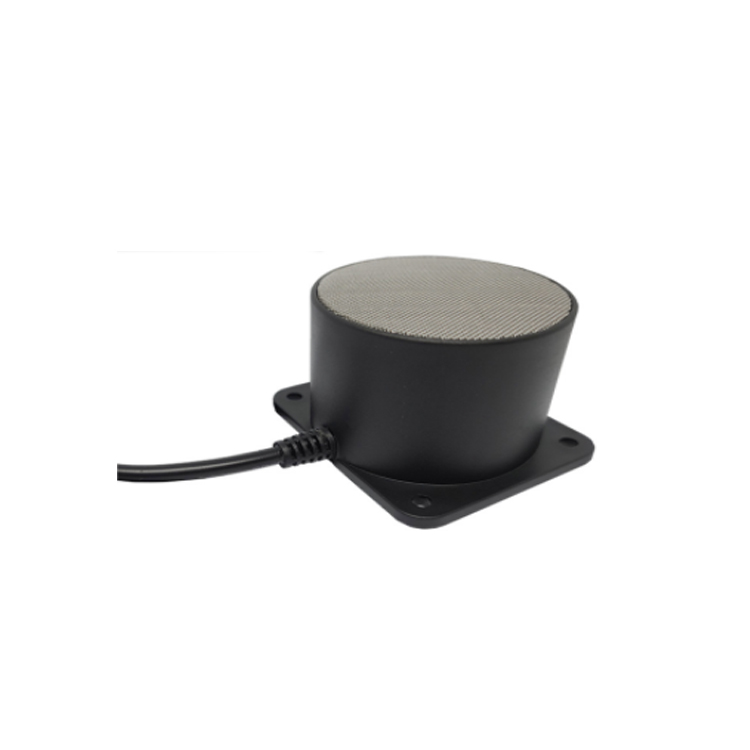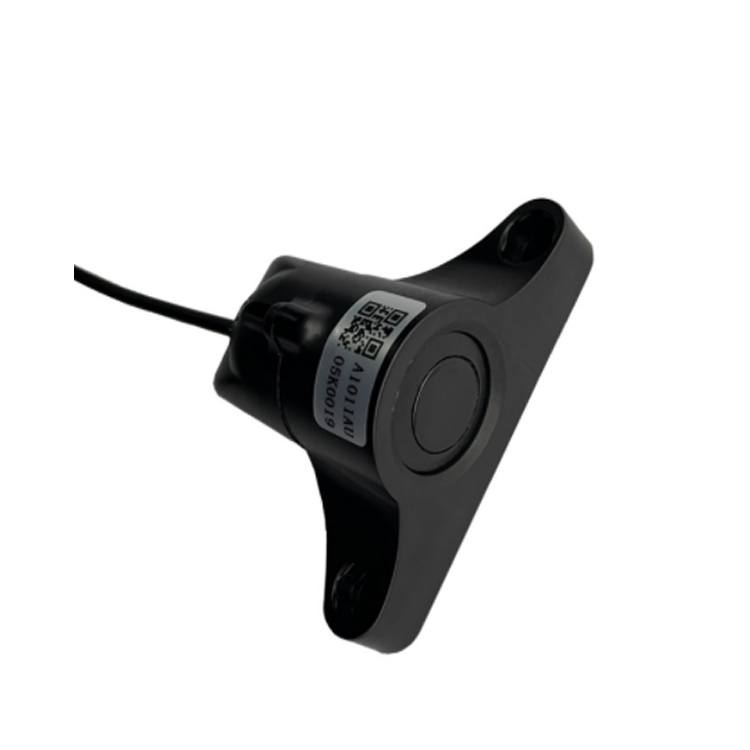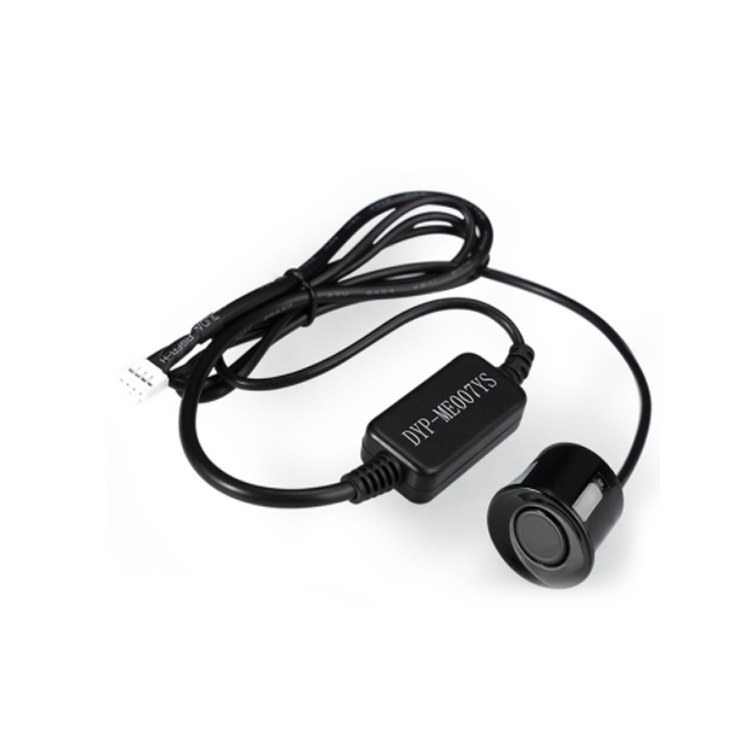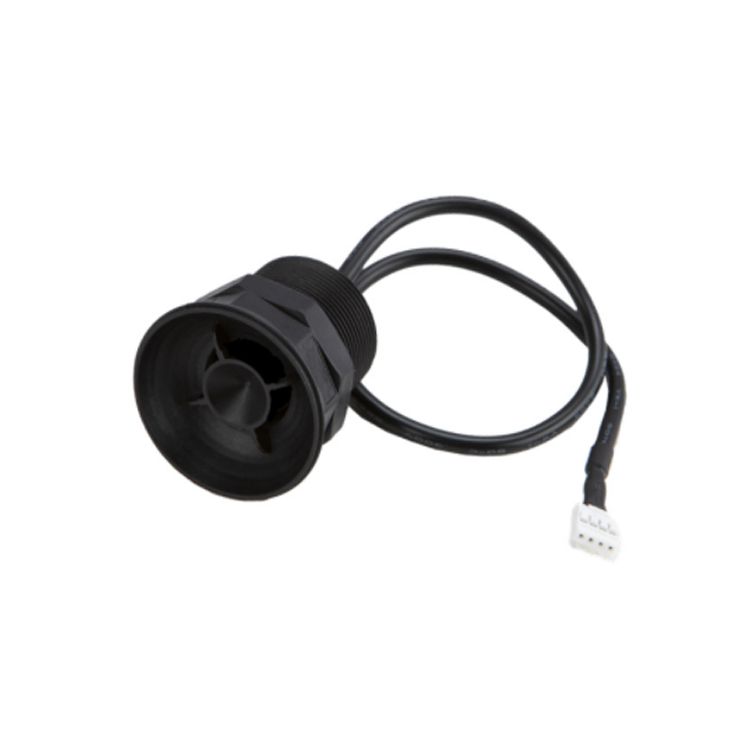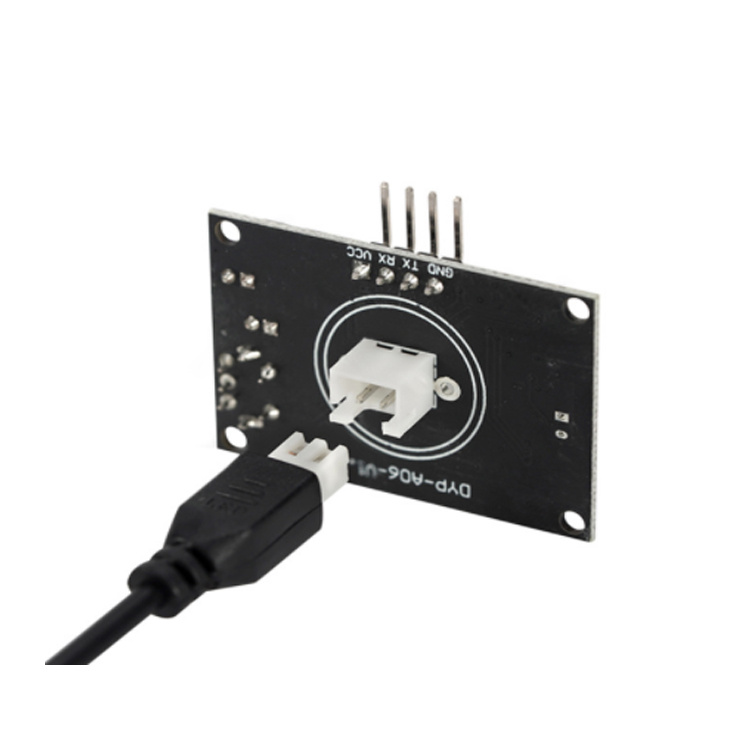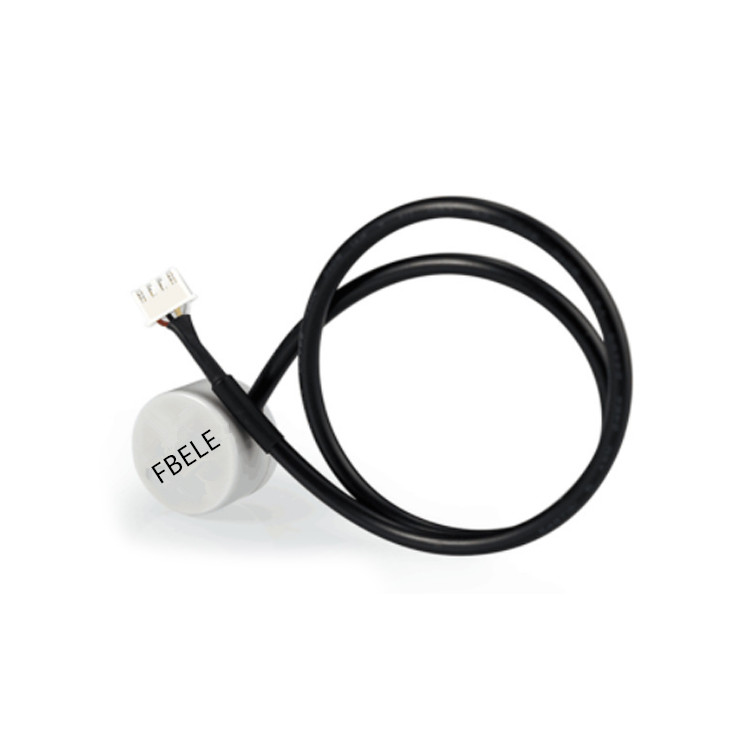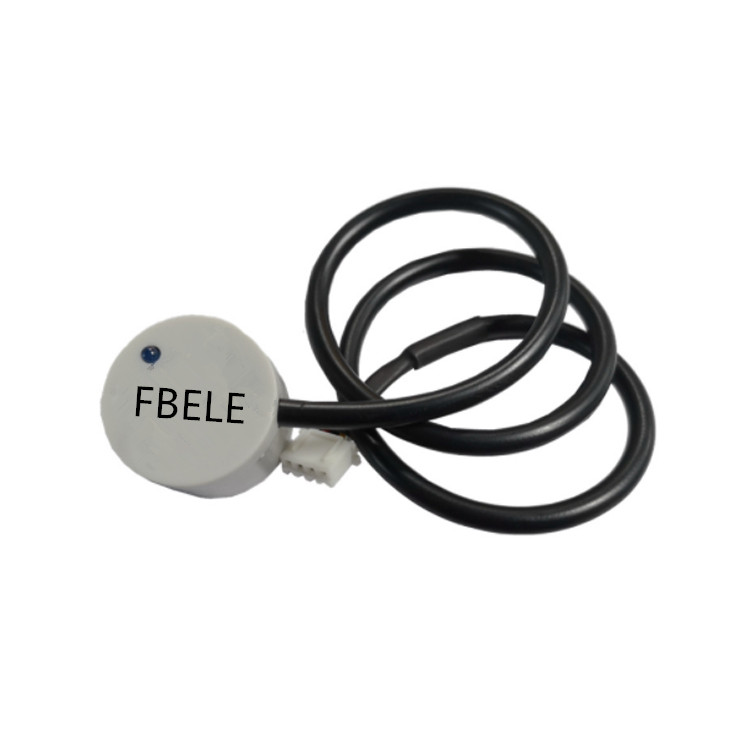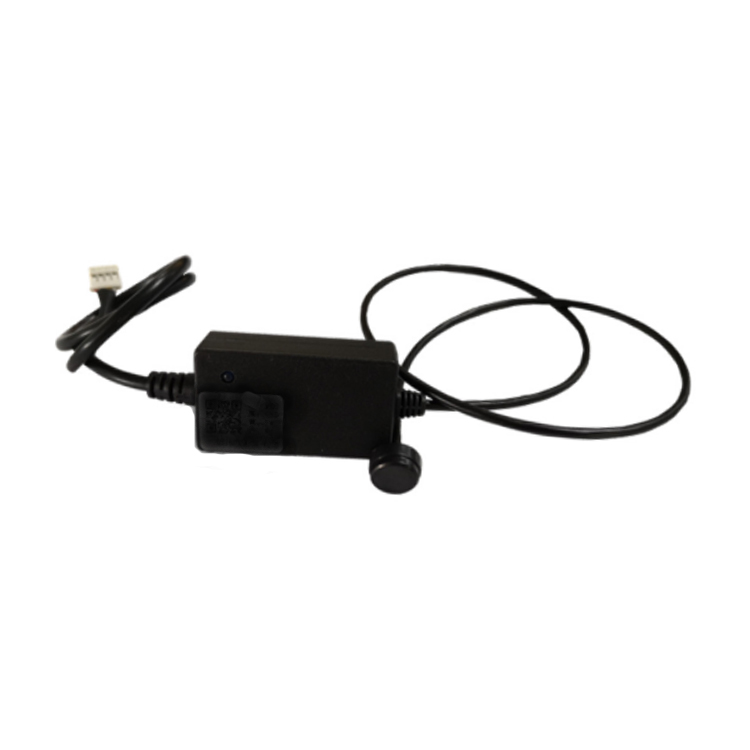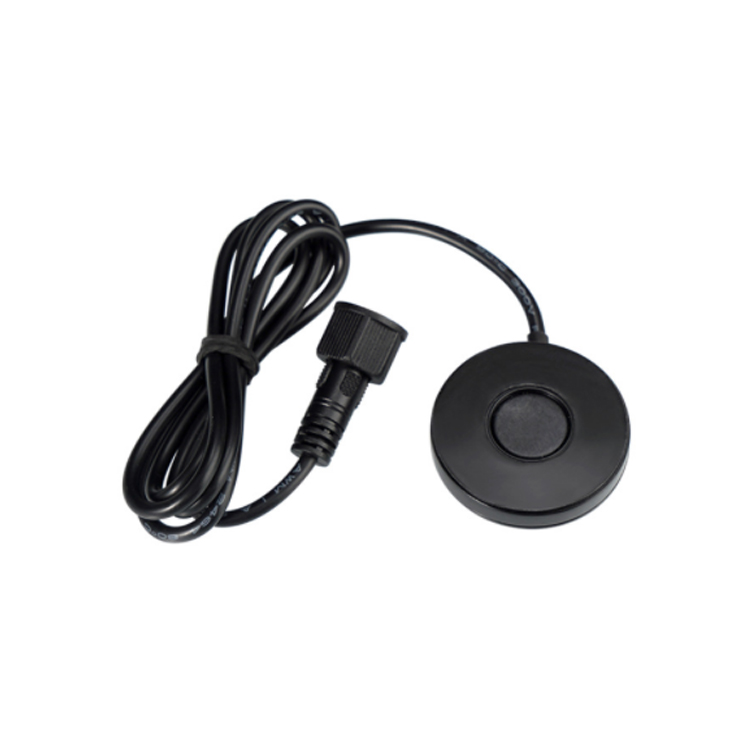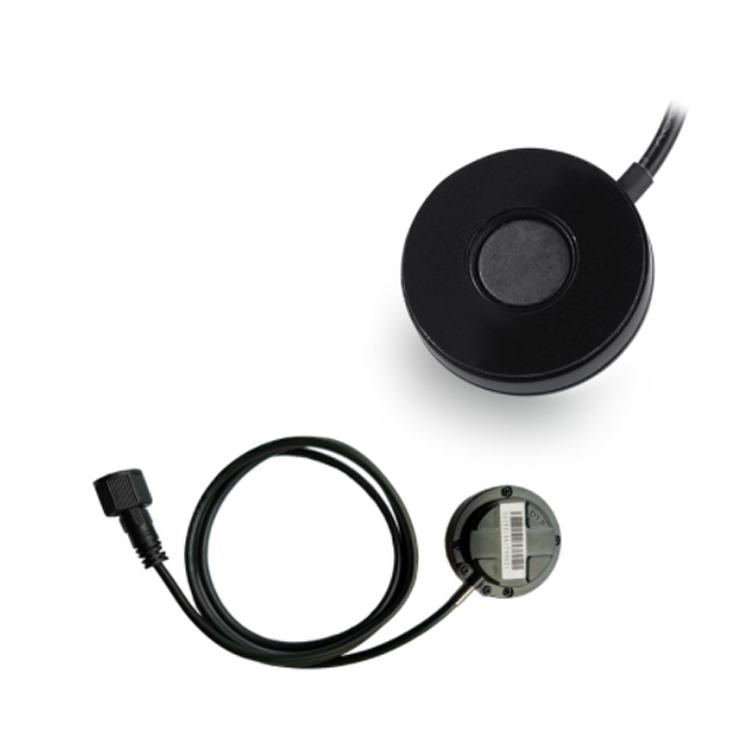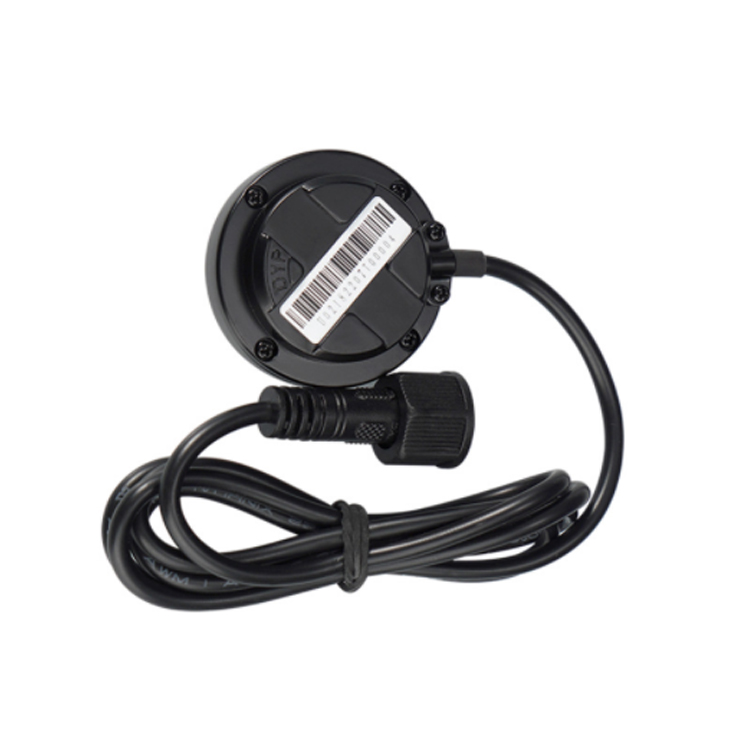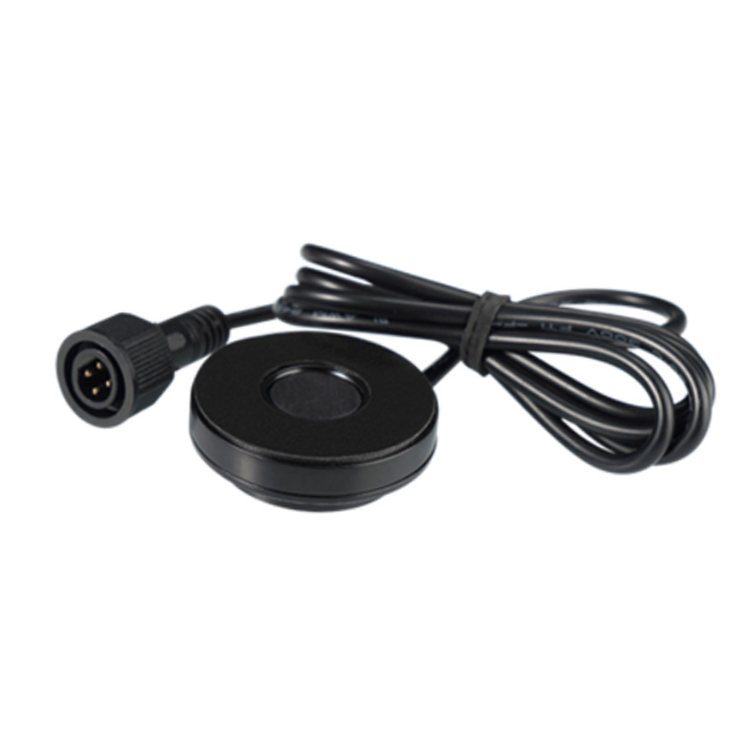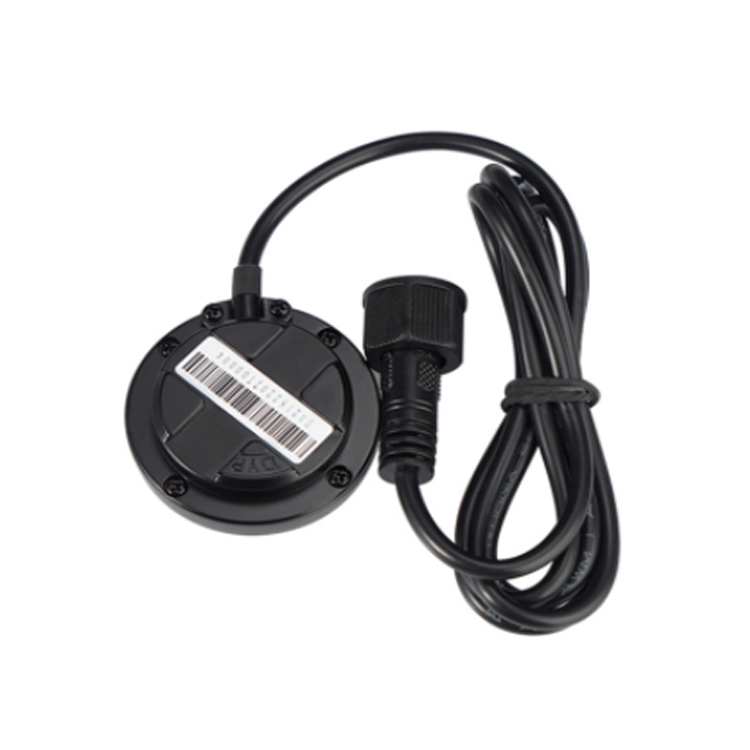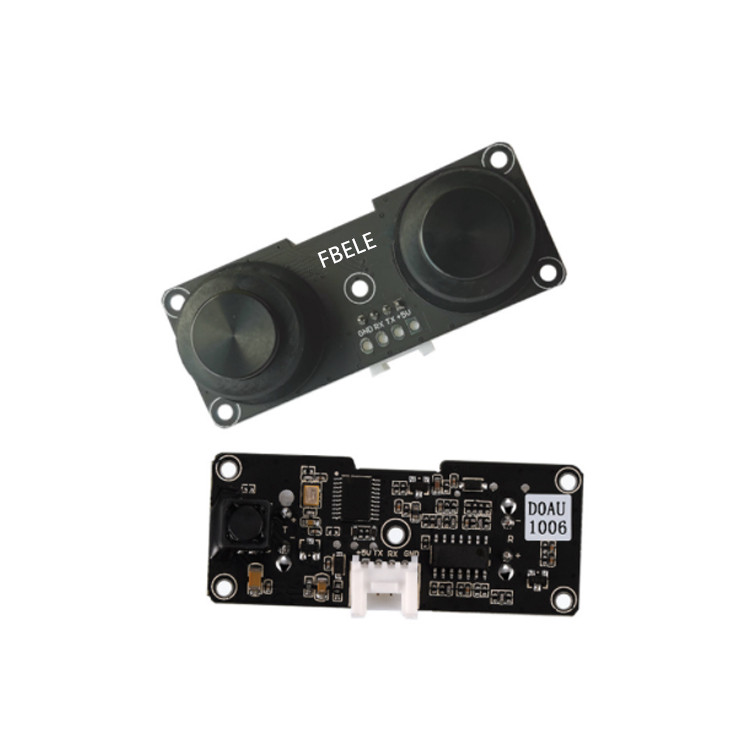What is Ultrasonic distance sensor?
Ultrasonic distance sensor converts ultrasonic signal into other energy signals (usually electrical signal). Ultrasonic is a mechanical wave with a vibration frequency higher than 20kHz. It has the characteristics of high frequency, short wavelength and small diffraction, especially good directivity. It can become a ray and propagate directionally. Ultrasonic has great penetration ability to liquids and solids, especially in solids with opaque sunlight. When ultrasonic touches impurities or interfaces, it will produce significant interference The reflected echo is formed by reflection, and Doppler effect can be produced when touching a moving object. Ultrasonic sensors are widely used in industry, national defense, biomedicine and so on.
Where is the application of Ultrasonic Sonar Distance?
Ultrasonic sensing technology is applied in different aspects of production practice, and medical application is one of its most important applications. The following takes medicine as an example to illustrate the application of ultrasonic sensing technology. The application of ultrasound in medicine is mainly to diagnose diseases. It has become an indispensable diagnostic method in clinical medicine. The advantages of ultrasonic diagnosis are: no pain, no damage, simple method, clear imaging and high diagnostic accuracy. Therefore, it is easy to promote and welcomed by medical workers and patients. Ultrasonic diagnosis can be based on different medical principles. Let's take a look at the so-called type a method. This method uses the reflection of ultrasonic wave. When ultrasonic wave propagates in human tissue and meets two layers of medium interface with different acoustic impedance, reflected echo will be generated at the interface. When encountering a reflecting surface, the echo is displayed on the screen of the oscilloscope, and the impedance difference between the two interfaces also determines the amplitude of the echo.
In industry, the typical applications of ultrasonic are nondestructive testing of metals and ultrasonic thickness measurement. In the past, many technologies were hindered because they could not detect the interior of object tissue. The emergence of ultrasonic sensing technology has changed this situation. Of course, more ultrasonic sensors are fixed on different devices to "quietly" detect the signals people need. In the future application, ultrasonic will be combined with information technology and new material technology, and more intelligent and high-sensitivity ultrasonic sensors will appear.
Application of Ultrasonic Proximity Sensors technology
Ultrasonic has great penetration ability to liquids and solids, especially in opaque solids. It can penetrate tens of meters deep.
When ultrasonic waves touch impurities or interfaces, they will produce significant reflection and form echo. When they touch moving objects, they can produce Doppler effect. Therefore, ultrasonic testing is widely used in industry, national defense, biomedicine and so on.
Ultrasonic distance sensor can be widely used in material level (liquid level) monitoring, robot anti-collision, various ultrasonic proximity switches, anti-theft alarm and other related fields. It has the advantages of reliable operation, convenient installation, waterproof type, small emission angle and high sensitivity. It is convenient to connect with industrial display instruments, and also provides probes with large emission angle.
Specific application
1〠Ultrasonic sensors can detect the status of containers. When the ultrasonic sensor is installed on the top of the plastic melt tank or plastic pellet chamber and sends sound waves to the interior of the container, the status of the container can be analyzed, such as full, empty or half full.
2〠Ultrasonic sensors can be used to detect transparent objects, liquids, any rough, smooth, light dense materials and irregular objects. But it is not suitable for outdoor, hot environment or pressure tanks and foam objects.
3〠Ultrasonic sensor can be applied to food processing plants to realize the closed-loop control system of plastic packaging detection. With the new technology, it can be detected in the humid environment, such as bottle washer, noise environment, extremely violent temperature change environment, etc.
4〠Ultrasonic sensors can be used to detect liquid level, detect transparent objects and materials, control tension and measure distance. They are mainly used in packaging, bottle making, material handling, coal inspection equipment transportation, plastic processing and automobile industry. Ultrasonic sensors can be used for process monitoring to improve product quality, detect defects, determine presence or absence, and other aspects.
Using ultrasonic sensor technology to prevent stepping on the wrong pedal
Nissan has developed the function of preventing the vehicle from accelerating by accidentally stepping on the accelerator when it wants to step on the brake. When using the camera and ultrasonic sensor to infer the situation of "parking in the parking lot", if the driver steps on the accelerator, he will force the brake. The technology is expected to be practical in 2 ~ 3 years. Ultrasonic sensor technology is developed to prevent accidents caused by stepping on the wrong Brake and accelerator when parking in the parking lot.
The technology is realized by using four cameras equipped with one at the front, rear, left and right of the vehicle and four ultrasonic sensors in total for the front bumper and rear bumper. The 4 cameras follow the "look around display" camera that displays the aerial view around the vehicle. Use the camera to identify the white line to infer that the car is in the parking lot, and use the ultrasonic sensor to measure the distance between the car and the surrounding obstacles to determine the braking time.
To prevent accidents caused by stepping on the wrong Brake and accelerator, it is implemented in two steps. When the driver wants to stop in the parking lot, if he steps on the accelerator, first reduce the vehicle speed to creep speed, use the icon on the instrument panel to indicate danger, and sound the alarm. If the driver continues to step on the accelerator and is about to hit a wall and other objects, force the brake. The braking timing is to ensure that the vehicle can stop when it is about 20 ~ 30cm away from the obstacle.
How about the detection method of ultrasonic sensor?
According to the volume, material and movable characteristics of the tested object, the detection methods adopted by the ultrasonic sensor are different. There are four common detection methods as follows:
Penetrating: the transmitter and receiver are located on both sides respectively. When the detected object passes between them, it is detected according to the attenuation (or occlusion) of ultrasonic wave.
Limited distance type: the transmitter and receiver are located on the same side. When the detected object passes through within the limited distance, it is detected according to the reflected ultrasonic wave.
Limited range type: the transmitter and receiver are located at the center of the limited range, the reflector is located at the edge of the limited range, and the reflected wave attenuation impairment when there is no occlusion by the detected object is taken as the reference value. When a detected object passes through within the limited range, it is detected according to the attenuation of the reflected wave (comparing the attenuation value with the reference value).
Regression reflection type: the transmitter and receiver are located on the same side, and the detection object (plane object) is used as the reflection surface to detect according to the attenuation of the reflected wave.
FBelec's products are exported to Greece, Brazil, Russia and Poland
NINGBO FBELE ELECTRONICS CO.,LTD.
FBELE company was founded in 1997, is China's leading manufacturer of acoustic and other electronic components, we designs,manufactures, distributes high quality products in very competitive price, bestservice, timely delivery, small order acceptable, etc. Our products include piezo ceramic element, piezoelectric buzzer, magnetic buzzer,speakers, transducer, receiver, electret condenser microphone, magnetic contact. Piezoelectric alarm,ultrasonic sensor,PZT ceramics,etc.
- Following 0
- Followers 0
- Send Msg


